Everything you need to know about specifications and performance - Honda Pilot 2019 - 3.5 V6 (280 Hp) Automatic
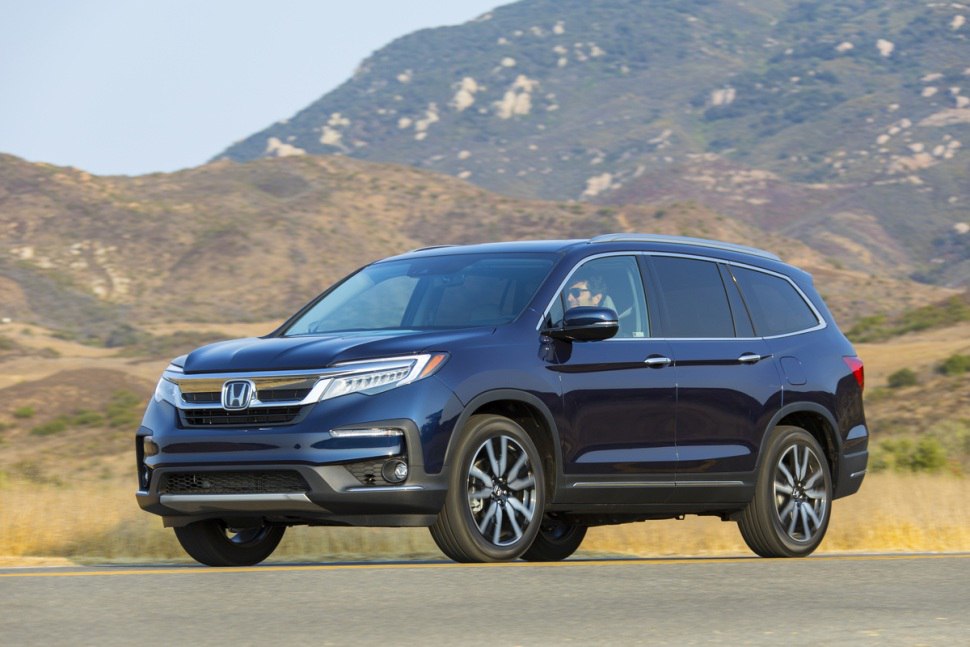
Overview:
What is the engine capacity of a Honda Pilot 2019?
The engine capacity of the Honda Pilot 2019 is 3471 cm.
Honda Pilot 2019 How many horsepower?
The engine power of the Honda Pilot 2019 is 280 Hp @ 6000 rpm..
What is the Honda Pilot 2019 engine?
Honda Pilot 2019 engine is J35Y6. (Click to see other cars using the same engine)
How much gasoline does a Honda Pilot 2019 consume?
The Honda Pilot 2019 consumes 10.7 liters of gasoline per 100 km
General:
Engine:
Performance:
Space:
dimensions:
Powertrain, Suspension and Brakes:
See also

Last generation.
Its production began in 2022 until Now
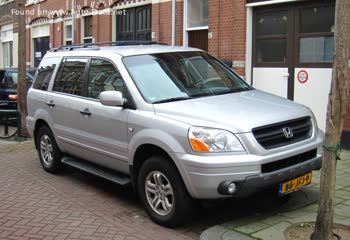
Other generation.
Its production began in 2002 until 2004
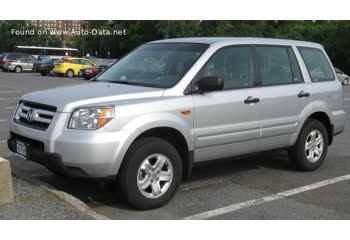
Other generation.
Its production began in 2006 until 2008
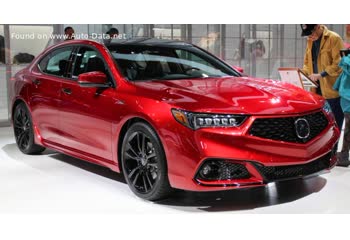
Same engine. (J35Y6).
Its production began in 2017 until 2020
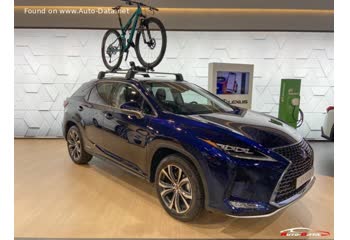
Same production year and almost the same engine capacity.
Its production began in 2019 until 2022
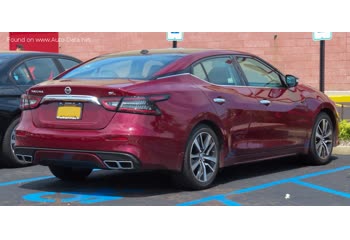
Same production year and almost the same engine capacity.
Its production began in 2019 until Now
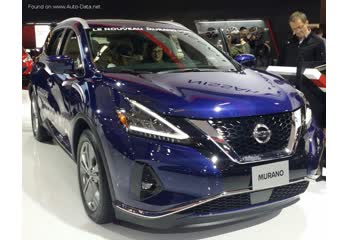
Same production year and almost the same engine capacity.
Its production began in 2019 until Now
Write a comment